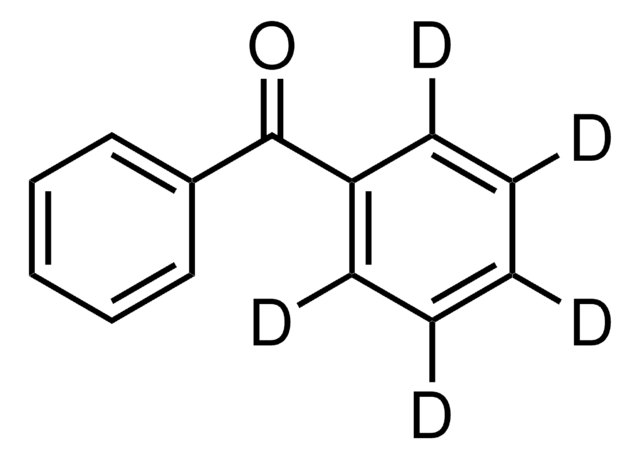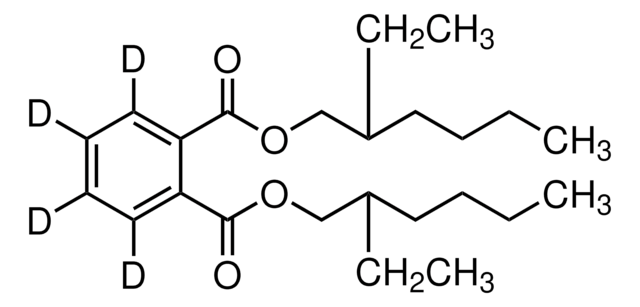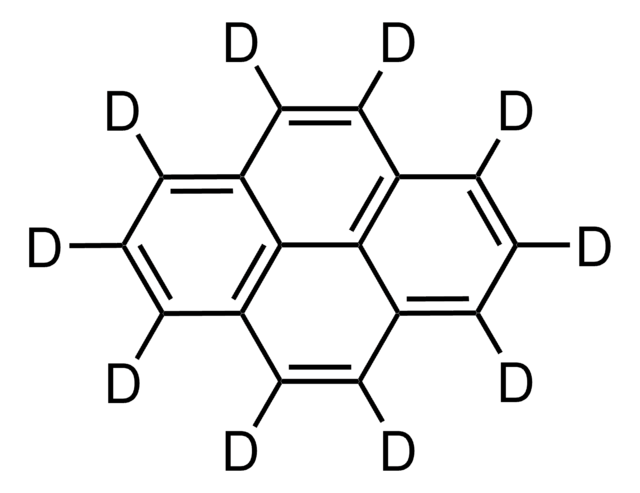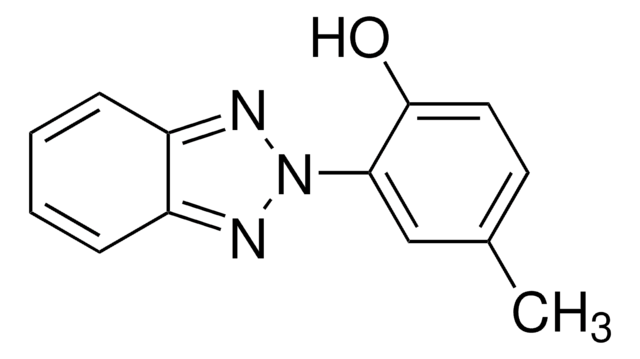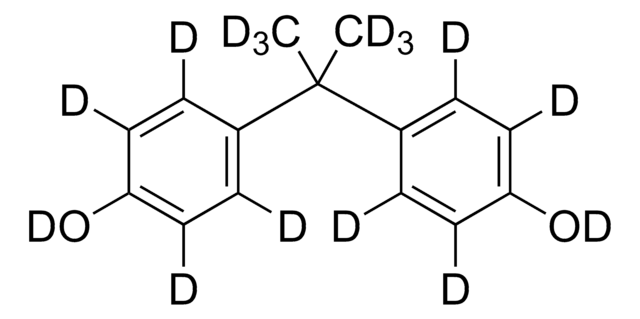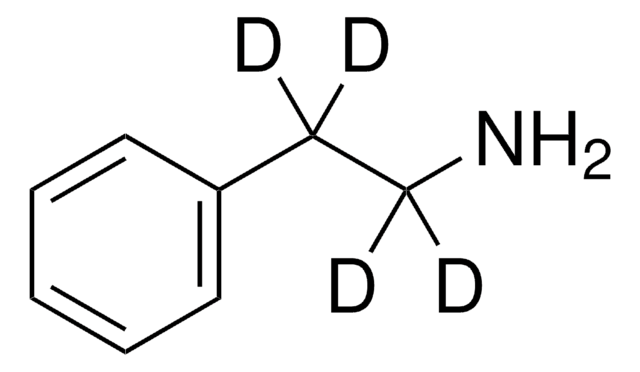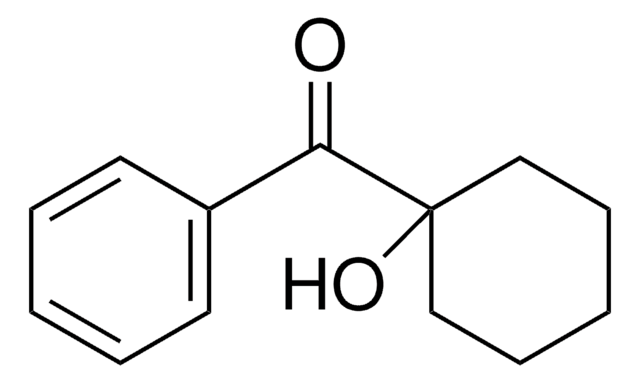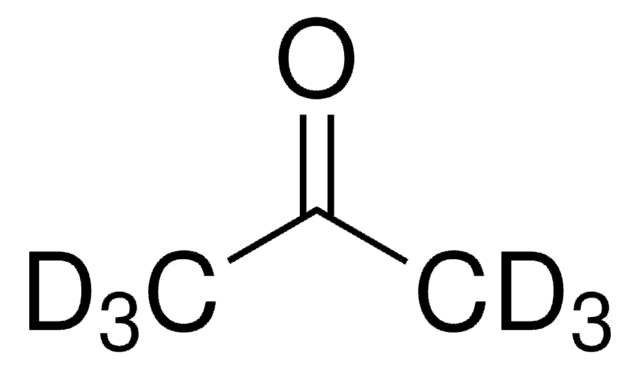471178
Benzophenone-d10
99 atom % D
Sinonimo/i:
Di(phenyl-2,3,4,5,6)-methanone-d10
About This Item
Prodotti consigliati
Purezza isotopica
99 atom % D
Livello qualitativo
Stato
solid
P. ebollizione
305 °C (lit.)
Punto di fusione
47-51 °C (lit.)
Spostamento di massa
M+10
Stringa SMILE
[2H]c1c([2H])c([2H])c(c([2H])c1[2H])C(=O)c2c([2H])c([2H])c([2H])c([2H])c2[2H]
InChI
1S/C13H10O/c14-13(11-7-3-1-4-8-11)12-9-5-2-6-10-12/h1-10H/i1D,2D,3D,4D,5D,6D,7D,8D,9D,10D
RWCCWEUUXYIKHB-LHNTUAQVSA-N
Cerchi prodotti simili? Visita Guida al confronto tra prodotti
Categorie correlate
Confezionamento
Avvertenze
Danger
Indicazioni di pericolo
Consigli di prudenza
Classi di pericolo
Aquatic Chronic 3 - Carc. 1B - STOT RE 2 Oral
Organi bersaglio
Liver,Kidney
Codice della classe di stoccaggio
6.1C - Combustible acute toxic Cat.3 / toxic compounds or compounds which causing chronic effects
Classe di pericolosità dell'acqua (WGK)
WGK 1
Punto d’infiammabilità (°F)
280.4 °F - closed cup
Punto d’infiammabilità (°C)
138 °C - closed cup
Scegli una delle versioni più recenti:
Possiedi già questo prodotto?
I documenti relativi ai prodotti acquistati recentemente sono disponibili nell’Archivio dei documenti.
I clienti hanno visto anche
Il team dei nostri ricercatori vanta grande esperienza in tutte le aree della ricerca quali Life Science, scienza dei materiali, sintesi chimica, cromatografia, discipline analitiche, ecc..
Contatta l'Assistenza Tecnica.